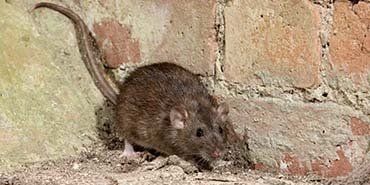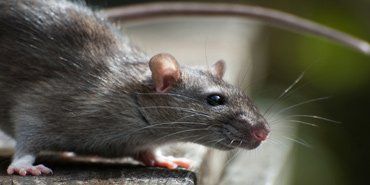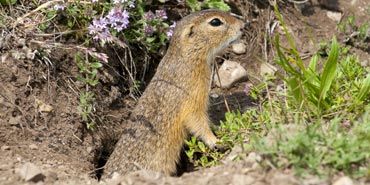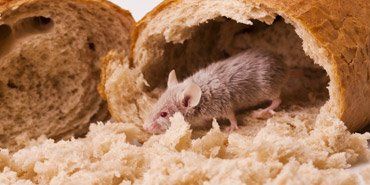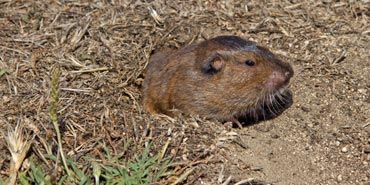Rodents Pest Control Services
Call (888) 400-9011 For A Free Estimate
Rodent Extermination
Rodent Services
Immediate Rodent Control
Types of Rodents
Norway Rats
One of the most common household rodents are these brown rats. They are commonly known as sewer rats and are generally some of the biggest rodents people deal with. These rodents will chew through just about anything in their path including drywall, wood, and metal.
Roof Rats
The other common species of rats are these black rats which tend to find shelter in higher areas like trees and attics. They are the smaller of the 2 common household rat varieties but no less damaging and they will often find their way in via overhanging branches that come in contact with the roof.
Ground Squirrels
The ground squirrel is the most common type of squirrel found in southern California. It is has light brown, grayish fur and is roughly 18 inches long, head to tail. Ground squirrels will feed on ornamental plants, fruits and vegetables and so they are often considered garden pests. Squirrels can also spread disease and parasites. In some cases, squirrels can find their way to attic space and destroy insulation while they build their nests.
House Mice
These tiny creatures are another common threat and are the smallest of the household rodents. They reproduce at incredible rates which can make them the biggest threat as one mouse can quickly grow to 500 in a few generations.
Moles
These tiny creatures are another common threat and are the smallest of the household rodents. They reproduce at incredible rates which can make them the biggest threat as one mouse can quickly grow to 500 in a few generations.
Pocket Gophers
Pocket gophers are ground dwelling rodents, commonly found around California. They are brownish grey in color and store food in their cheek pockets. These animals build tunnel systems that can destroy yards and gardens. Gophers damage lawns, forests, farms and gardens. A gopher’s tunnel system can destroy sprinkler systems, utility cables and structural foundations in a matter of weeks.
Griffin Pest Management & Rodent Removal Services
Step 1: Inspection – A licensed rodent exterminator will inspect inside and outside of your home or business to see if there are signs of rodent activity and any potential entry points and harborage areas.
Step 2: Estimate – The rodent exterminator will develop a rodent exclusion and elimination plan for all rodent types and create a competitive estimate to execute that strategy.
Step 3: Custom Plan – A Griffin rodent exterminator will implement a custom rodent management plan to trap and remove all rodents and eliminate all entry points.
Step 4: Restore – If the rodents have caused any damages or if decontamination needs to happen, we have licensed contractors that are able to help.
Step 5: Recurring Service – To prevent rodents from coming back, on-going services will monitor for any signs of future rodent activity.
Rodent Management Strategies
Rodent Exclusion
Preventative measures can be taken to seal any access points that rodents use to enter a home or business. This includes sealing exterior gaps, covering vents, sealing foundation cracks, and replacing exterior door’s weather stripping. Once rodents have been removed, these measures are important to implement so rodents have no way to reenter a structure.
Rodent Traps
Glue traps, snap traps, and live traps are all effective rodent traps that Griffin Pest Management uses. They are all highly effective when placed in areas that show signs of high rodent traffic.
Rodent Baits
Rodenticides come in bait stations and are made of chemicals that are lethal to rodents. Griffin pest control specialists are experienced in using these methods in the safest way possible to ensure that rodent populations are eliminated.
Signs that you have Rodents
If you have these signs you may have a rodent infestation
List of Services
-
1. Nests
Shredded soft materials like paper, cloth, and insulation found in undisturbed areas is a sign that rodents have created a nest for itself and potentially for its young.
-
2. Rodent FecesList Item 4
This is the most visible and common indicator of rodents. Like urine, feces can also spread disease and become a health hazard.
-
3. Scratching Noises
Rodents will use the interior of walls to explore a dwelling. This movement will often lead to scratching sounds at night.
-
4. Musky OdorList Item 2
Rodent urine leaves a musky odor to attract mates. This stench can become overwhelming as well as attract new rodents into a home or business.
-
5. Entry Holes
Rodents will chew threw barriers to gain access to areas that will lead to food. Entry holes where they previously did not exist are generally a sign that a rodent has found its way into your home.
-
6. Rotting OdorList Item 3
Sometimes rodents will die in wall cavities and start to rot. This can cause a horrible smell which is also a major health hazard.
-
7. Pet Behavior
If your pets are behaving erratically, they may be noticing noises and smells that humans might not notice.
-
8. Dirt Mounds
This indicates that ground rodents have taken residence and may potentially harm your lawn and garden.
-
9. Chew MarksList Item 1
Rodents that live indoors will chew through just about anything to get to food or water. This includes food packaging, wiring, drywall, plastic, metal, and wood. If you see these marks, you may have a pest problem.
-
10. Tracks / Runways
Rodents follow the same path if it remains undisturbed and will often leave footprints or grease smears along baseboards.


